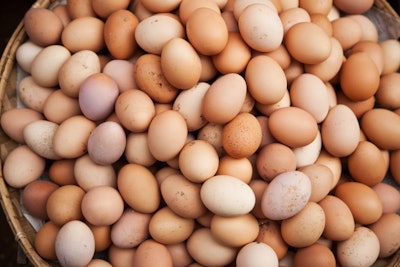
Ever since I started collecting data for WATT’s Top Companies database I have always been amazed by the size of Cal-Maine Foods, in the U.S. and Proteína Animal (Proan), in Mexico, in terms of number of laying hens in production. I mean, their numbers alone are larger than many total numbers of several countries!
Cal-Maine Foods, an integrated poultry company based in Ridgeland, Mississippi, in the United States, is the largest egg producer in the world. The company has acquired several other operations. In the last two years, Cal-Maine acquired Red River Valley Egg Farm, and just recently announced the acquisition of Fassio Egg Farms. The company has production of both, traditional and cage-free eggs.
Meanwhile, Proan, also an integrated poultry company, based in San Juan de los Lagos, Jalisco, Mexico, is the second largest egg producer in the world. As far as I know, the company has focused more on growing organically. They also produce pork, milk, as well as delivery food services.
Both obviously have all ancillary related businesses such as feed mills, hatcheries, breeders, packaging, etc.
Over the course of the last ten years or so, both companies have grown more or less at the same pace, both keeping the first and second places in the world ranking. In 2012, Cal-Maine had 33.5 million hens in production, while Proan had 30 million hens. Except for 2013 and 2022, Cal-Maine has reported a constant growth every year, until reaching practically 44 million hens in 2022.
On the other hand, Proan has also experienced a steady growth. With 30 million hens in 2012, a difference of just 3.5 million hens with Cal-Maine, Proan reported a stable number of hens until 2017, with a 10% increase to 33 million. By 2022, Proan reported 38 million hens in production.
Ten years ago, there was a 10.45% difference in number of laying hens between them. Today, it is 13.58%, despite the constant growth of both.
Most interestingly is the fact that the third largest producer, Rose Acre Farms in the U.S., with 25.1 million hens, is almost 19 million below Cal-Maine and almost 13 million behind Proan. In the case of Latin American companies, Brazil’s Granja Mantiqueira ranks No. 11, with 14.7 million hens, which is a 23.3-million difference compared to Proan.
What do you think?



















